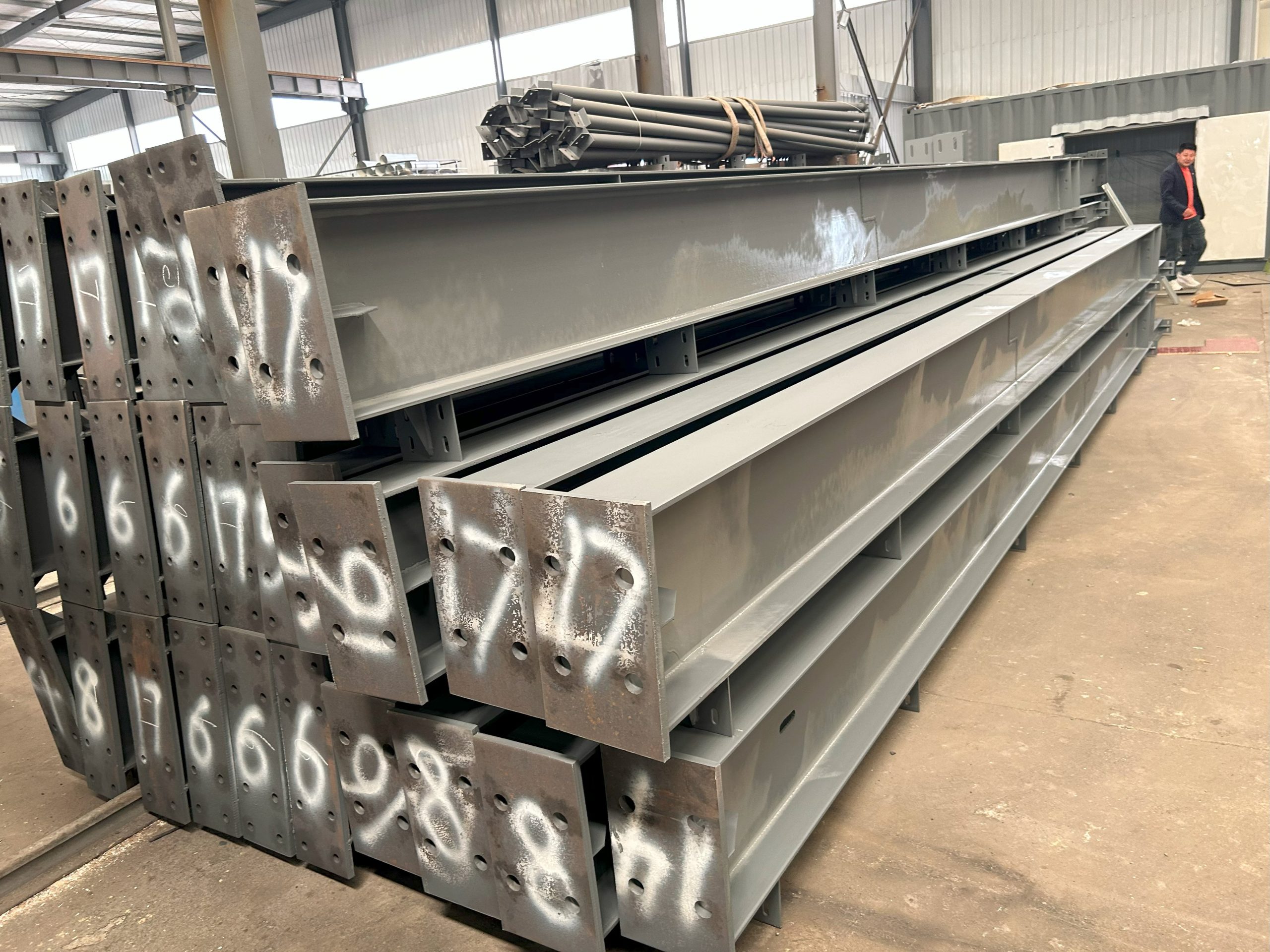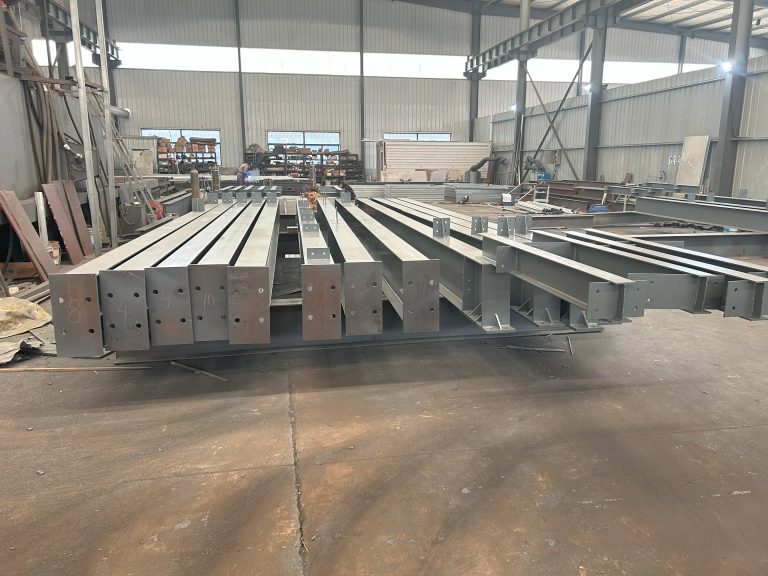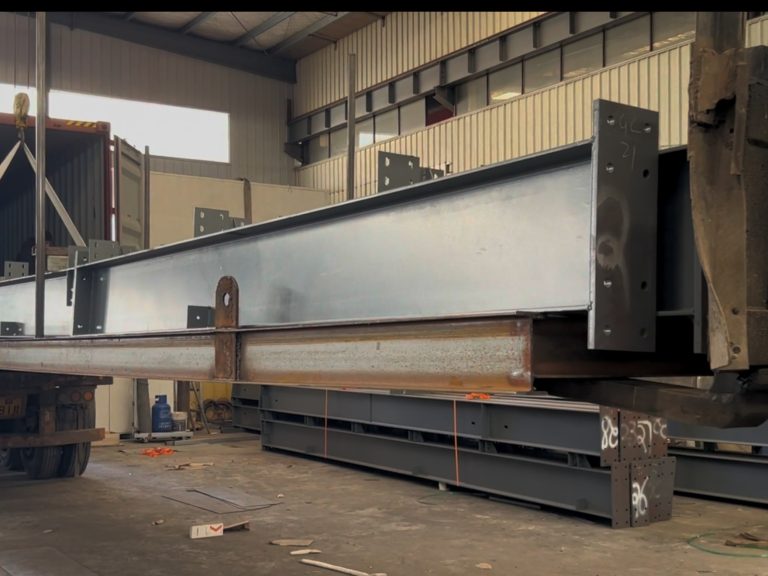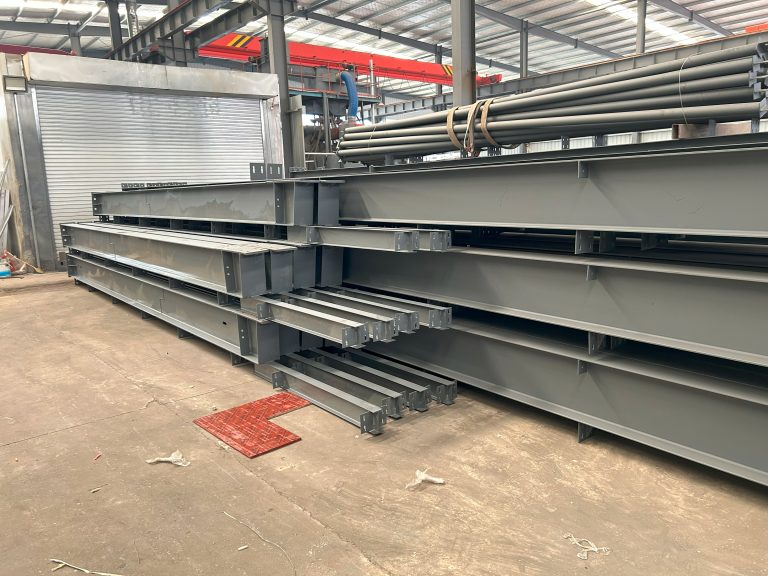Application and technical challenge of steel structure in restoration and modernization of historical buildings
Table of Contents
Advantages of Using Steel Structures in Historical Building Restoration
Historical buildings are an integral part of our cultural heritage, serving as a link to the past and a testament to the architectural prowess of our ancestors. However, as these buildings age, they often require restoration and modernization to ensure their longevity and usability. One of the key challenges in restoring historical buildings is striking a balance between preserving their original character and incorporating modern amenities and structural enhancements. Steel structures have emerged as a popular choice for addressing this challenge, offering a range of advantages that make them well-suited for use in historical building restoration.
One of the primary advantages of using steel structures in historical building restoration is their strength and durability. Steel is known for its high tensile strength, which allows it to support heavy loads and withstand external forces such as wind and seismic activity. This makes steel an ideal choice for reinforcing and stabilizing historical buildings, particularly those that have suffered from structural deterioration over time. By incorporating steel structures into the restoration process, architects and engineers can ensure that the building remains stable and secure for years to come.
In addition to their strength, steel structures also offer flexibility in design and construction. Steel can be easily shaped and molded to fit the unique architectural features of historical buildings, allowing for seamless integration with existing structures. This flexibility enables architects to preserve the original character of the building while still incorporating modern design elements and amenities. Whether it’s adding new floors, expanding existing spaces, or creating open-plan layouts, steel structures provide a versatile and adaptable solution for enhancing the functionality and aesthetics of historical buildings.
Another key advantage of using steel structures in historical building restoration is their cost-effectiveness. Steel is a relatively affordable building material compared to traditional materials such as stone or brick, making it a cost-effective option for restoring and modernizing historical buildings. In addition, steel structures can be prefabricated off-site and assembled on-site, reducing construction time and labor costs. This not only helps to minimize disruption to the surrounding area but also ensures that the restoration project stays within budget and on schedule.
Despite the numerous advantages of using steel structures in historical building restoration, there are also technical challenges that must be addressed. One of the main challenges is ensuring that the steel structures are compatible with the existing building materials and construction techniques. Historical buildings are often constructed using traditional methods and materials that may not be well-suited for supporting steel structures. This requires careful planning and coordination between architects, engineers, and preservationists to ensure that the steel structures do not compromise the integrity of the building or detract from its historical significance.

Another technical challenge of using steel structures in historical building restoration is the need for proper insulation and protection against corrosion. Steel is susceptible to rust and corrosion, especially in older buildings where moisture and humidity levels may be high. To prevent corrosion and ensure the longevity of the steel structures, special coatings and insulation materials must be applied. This requires careful attention to detail and regular maintenance to ensure that the steel structures remain in good condition over time.
In conclusion, steel structures offer a range of advantages for use in historical building restoration, including strength, flexibility, and cost-effectiveness. However, there are also technical challenges that must be addressed to ensure the successful integration of steel structures into historical buildings. By carefully planning and coordinating the restoration process, architects and engineers can leverage the benefits of steel structures while preserving the original character and integrity of historical buildings. With proper care and maintenance, steel structures can help to ensure that these architectural treasures continue to stand the test of time for future generations to enjoy.
Overcoming Technical Challenges in Implementing Steel Structures for Modernization of Historical Buildings
Historical buildings hold a special place in our hearts, as they are a testament to our past and serve as a reminder of the rich history that surrounds us. However, as time passes, these buildings often require restoration and modernization to ensure their longevity and functionality. One of the key challenges in this process is finding the right balance between preserving the historical integrity of the building and incorporating modern technologies and materials to meet current standards.
Steel structures have emerged as a popular choice for the restoration and modernization of historical buildings due to their strength, durability, and versatility. Steel offers a high strength-to-weight ratio, allowing for the creation of lightweight yet robust structures that can support heavy loads. This is particularly important in historical buildings, where the existing structure may be weakened or deteriorated over time.
One of the main applications of steel structures in historical building restoration is the reinforcement of existing structures. Steel beams and columns can be used to strengthen the building’s framework, providing additional support and stability. This is especially crucial in buildings with large open spaces or high ceilings, where traditional materials may not be able to bear the weight of the structure.
Another key application of steel structures in historical building modernization is the creation of new spaces within the existing structure. Steel can be used to create mezzanines, balconies, or additional floors, allowing for the expansion of usable space without compromising the building’s original design. This is particularly useful in buildings that need to be repurposed for modern use, such as converting a historic warehouse into a residential or commercial space.
Despite the numerous benefits of using steel structures in historical building restoration and modernization, there are several technical challenges that must be overcome. One of the main challenges is integrating the new steel structure with the existing building fabric. This requires careful planning and coordination to ensure that the new structure does not compromise the historical integrity of the building. Special attention must be paid to detailing and finishing to ensure a seamless transition between old and new elements.
Another technical challenge is the preservation of the building’s aesthetic value. Historical buildings often have intricate architectural details and decorative elements that must be preserved during the restoration process. Steel structures can be customized to match the existing design elements, such as ornate columns or decorative facades, to maintain the building’s original charm.
In addition to aesthetic considerations, the structural integrity of the building must also be taken into account. Steel structures must be designed to withstand the unique challenges posed by historical buildings, such as uneven settling, foundation issues, or seismic activity. Advanced engineering techniques, such as computer-aided design and finite element analysis, can help ensure that the steel structure meets all safety and performance requirements.
In conclusion, steel structures offer a versatile and durable solution for the restoration and modernization of historical buildings. By carefully integrating new steel elements with the existing building fabric and preserving the building’s aesthetic value, it is possible to create a harmonious blend of old and new. While there are technical challenges to overcome, with careful planning and expert engineering, steel structures can breathe new life into our cherished historical buildings for generations to come.







